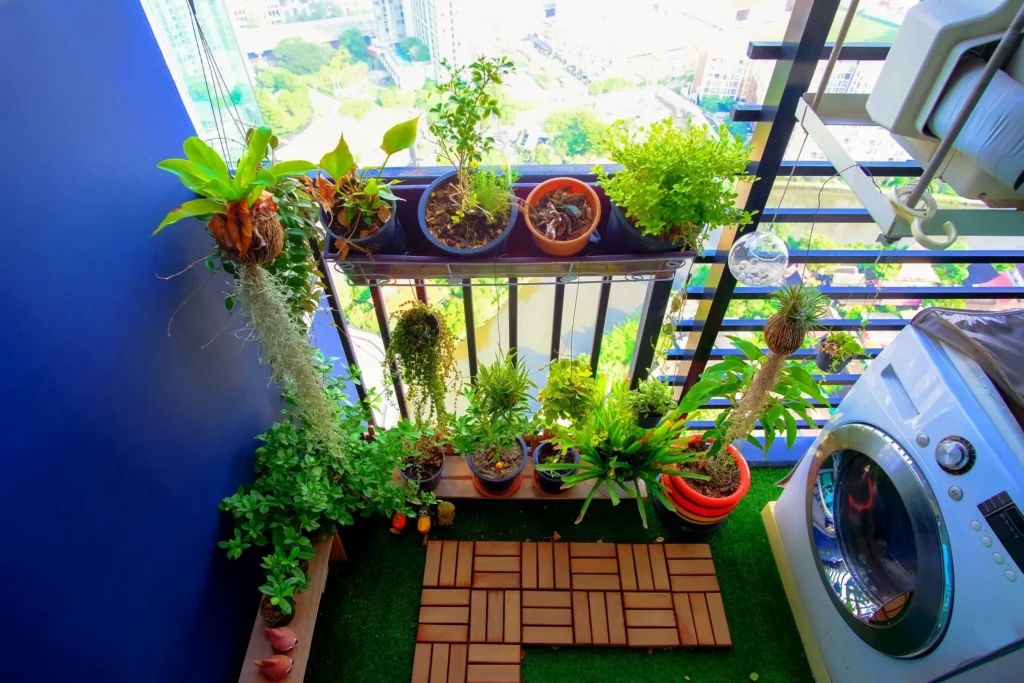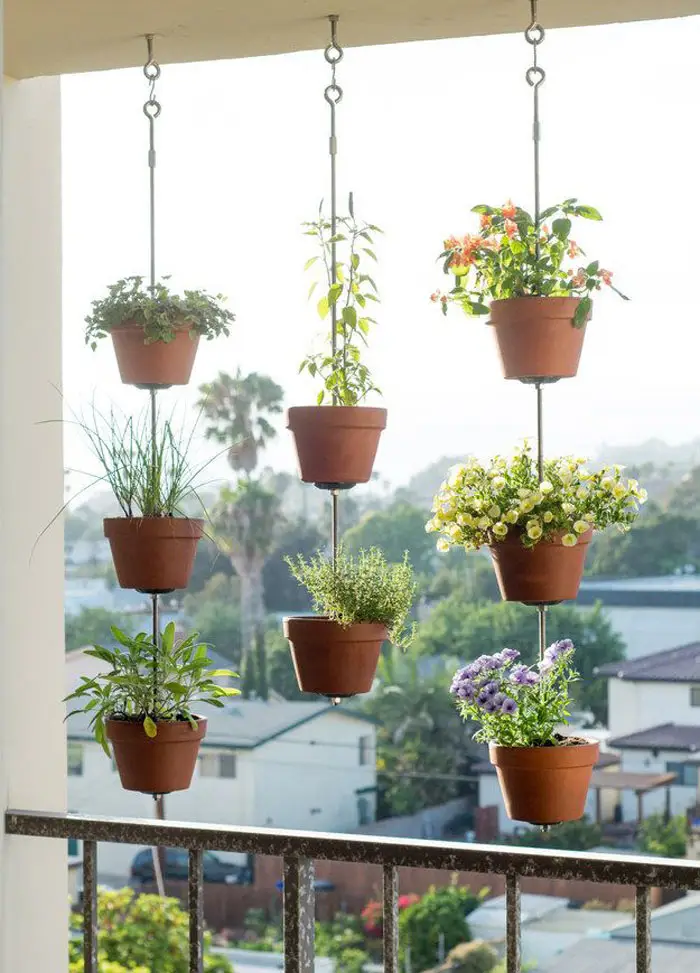Have you ever peered out onto your balcony and seen it as nothing more than a place to dry your clothes or store your bike? Well, it’s time to change that perspective and transform that precious outdoor square footage into a lush, micro herb garden. Not only does this add a pop of green to your urban dwelling, but it also gifts you with a fresh supply of herbs right at your fingertips. Let’s dig into the how-to and turn your balcony into the envy of the neighborhood!


Why Herbs?
Herbs are the unsung heroes of the plant world. They require minimal space, grow relatively quickly, and provide an array of uses from cooking to cocktails, not to mention their therapeutic fragrances. Plus, in the age of farm-to-table, nothing beats the satisfaction of snipping off some fresh basil for your homemade pesto.
Getting Started
Before you start, consider the climate and amount of sunlight your balcony receives. Most herbs love the sun, so aim for at least 4-6 hours of direct sunlight per day. If your balcony is on the shadier side, opt for herbs like mint or parsley that can handle less sun.
Containers and Soil – Micro Herb Garden


When it comes to planting, you don’t need fancy pots—just ensure they have proper drainage. Recycle old containers or even invest in a vertical garden planter to save on space. Fill them up with high-quality potting soil mixed with organic compost for a nutrient-rich environment.
check it out too
- Indoor Beekeeping: A Beginner’s Guide to Apiculture at Home
- Designing a Waterwise Landscaping: Tips for Water Conservation
- Creating a Zen Meditation Nook: Selecting Plants and Stones
Choosing Your Herbs
Start with the basics. Basil, cilantro, thyme, and rosemary are all great beginner herbs. They’re versatile in the kitchen and relatively easy to care for. Plus, they’re perennial favorites that guarantee a steady audience for your blog.
Care and Maintenance – Micro Herb Garden
Herbs don’t like to be overwatered. Make sure you’re checking the soil moisture before giving them a drink. Fertilize with an organic option once a month, and always prune your herbs to encourage growth. Remember, the more you use them, the more they’ll grow!
Bringing It to Life


Now, let’s talk about making your blog post visually appealing. Incorporate high-quality images of each step: choosing containers, planting seeds, and the final lush setup. These visuals not only break up the text but also keep your readers engaged.
Bullet Points for Clarity:
- Assess your balcony’s sunlight exposure.
- Choose containers with proper drainage.
- Select herbs based on your cooking preferences and sunlight availability.
- Use quality soil and organic compost.
- Water judiciously and prune regularly.
- Enjoy the harvest and use it in your daily cooking!
Wrapping It Up Micro Herb Garden
With your micro herb garden flourishing, you’ll have a treasure trove of content to share. Post updates on your garden’s progress, feature herb-based recipes, and give tips on sustainable urban gardening. Engage with your readers by asking them to share their own balcony garden successes.


Remember, the key to capturing your reader’s attention is to weave a narrative that they can see themselves in. Talk about the trials and triumphs of urban gardening. Be real. Be visceral. Share the scent of fresh mint on a breezy morning or the zest of home-grown chives in your omelet.
By following these tips, not only will you have a balcony that serves as a personal green retreat, but you’ll also create content that resonates with your readers, encouraging them to return to your blog time and time again. And there, amidst your paragraphs of verdant prose and vibrant images, those Google AdSense ads will sit, unobtrusive but visible, generating revenue as your readers soak up your sage (pun intended) advice.
Conclusion
Urban gardening isn’t just a trend; it’s a lifestyle shift. By maximizing your balcony space for a micro herb garden, you’re not just adding greenery to your home; you’re embracing sustainability, freshness, and a touch of nature’s serenity. And by sharing your journey, you’re inviting countless others to join in on this verdant venture. Now get out there, get planting, and watch both your garden and your blog’s engagement grow!





